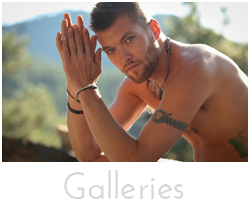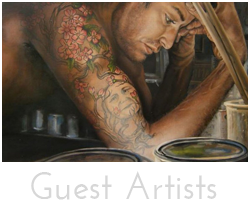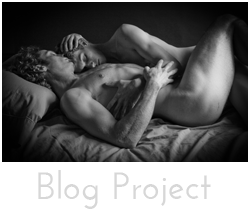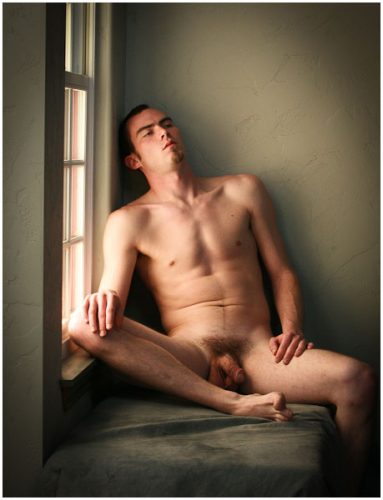 It’s been a while since I have written about anything technical so today is going to be about lenses and why the choice of lens becomes a key part of your self-expression. As many of us already know lenses come in a great variety of sizes and shapes. But there are basically two types of lenses: a fixed lens that will give you just one focal length, it used to be 50mm was standard with most cameras. Most cameras now come equipped with a multi focal length better known as zoom lenses, which gives you a range of options. It used to be that the single lenses that did one thing where the better lenses, because they only did one thing, so they were better manufactured with less to no distortions in the images. But over the years since I have gotten into photography the multi focal lenses have become nearly perfected, and now have become the new standard. They have many components within that move and adjust and so there is lots of room where distortion can occur. I have a variety of both.
It’s been a while since I have written about anything technical so today is going to be about lenses and why the choice of lens becomes a key part of your self-expression. As many of us already know lenses come in a great variety of sizes and shapes. But there are basically two types of lenses: a fixed lens that will give you just one focal length, it used to be 50mm was standard with most cameras. Most cameras now come equipped with a multi focal length better known as zoom lenses, which gives you a range of options. It used to be that the single lenses that did one thing where the better lenses, because they only did one thing, so they were better manufactured with less to no distortions in the images. But over the years since I have gotten into photography the multi focal lenses have become nearly perfected, and now have become the new standard. They have many components within that move and adjust and so there is lots of room where distortion can occur. I have a variety of both.
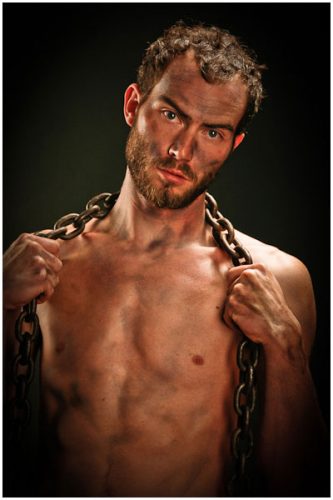 Lenses are then divided into three categories, wide angle, standard and telephoto with some zoom lenses spanning to range from all points within the gamut. These types of lens are typically not very good, because they are trying to handle too much within a single instrument, but can become good for beginner or novice photographers who can only afford one lens, generally at a cheaper price. Lenses are gauged and numbered based on their focal length, the lower the number, 28mm, the wider the angle of view; the higher the number, 300mm, the narrower the angle of view. It used to be, when you worked with a single focal length lens you would have to adjust yourself to the subject to compose the shots you wanted, but now with the multi focal lenses most people just point and shoot and adjust it with the lens. The disadvantage to this is that people become lazy because they no longer have to think about or work to get a shot and become less inclined to explore other possibilities for that particular shot or image. It also tends to make the photographer stand further away from the subject and not have to engage them, particularly with portraits. Typically the various focal lengths are associated with different styles of shooting and most photographers become enamored with a narrow focal length that begins to define their personal style. For instance photojournalism is shot with a wide angle to capture more of the environment and place the subject in the context of their settings. Example the cowboy image at the bottom. The context of that environment becomes the story of the image. Whereas someone who does intimate portraits wants the subject to become the point of interest, so they narrow in on the features of the face and capture what’s happening within the subjects expression and eyes. Yet someone else might focus on the intimate world of bugs and insects, birds or animals.
Lenses are then divided into three categories, wide angle, standard and telephoto with some zoom lenses spanning to range from all points within the gamut. These types of lens are typically not very good, because they are trying to handle too much within a single instrument, but can become good for beginner or novice photographers who can only afford one lens, generally at a cheaper price. Lenses are gauged and numbered based on their focal length, the lower the number, 28mm, the wider the angle of view; the higher the number, 300mm, the narrower the angle of view. It used to be, when you worked with a single focal length lens you would have to adjust yourself to the subject to compose the shots you wanted, but now with the multi focal lenses most people just point and shoot and adjust it with the lens. The disadvantage to this is that people become lazy because they no longer have to think about or work to get a shot and become less inclined to explore other possibilities for that particular shot or image. It also tends to make the photographer stand further away from the subject and not have to engage them, particularly with portraits. Typically the various focal lengths are associated with different styles of shooting and most photographers become enamored with a narrow focal length that begins to define their personal style. For instance photojournalism is shot with a wide angle to capture more of the environment and place the subject in the context of their settings. Example the cowboy image at the bottom. The context of that environment becomes the story of the image. Whereas someone who does intimate portraits wants the subject to become the point of interest, so they narrow in on the features of the face and capture what’s happening within the subjects expression and eyes. Yet someone else might focus on the intimate world of bugs and insects, birds or animals.
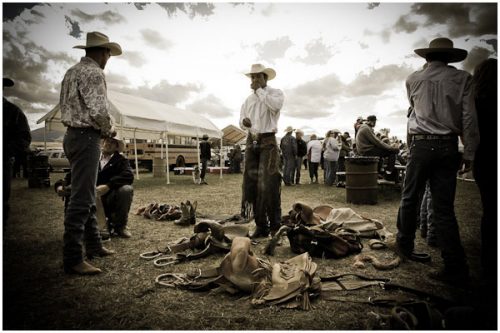 Now the third layers to choice of lenses, which most people don’t consider or know is: there is a psychological impact of how the lens expresses the photographer and captures the subject. This mostly has to do with intimacy and how we view or see our selves in relationship to the subjects. By nature these lenses each create a certain amount of sense of closeness, by design. The wide angle expands that sense of closeness and projects more distance in the image and to the viewer creating an effect where we are stepping outside of the image. Conversely the telephotos compress what’s in the image bringing us closer to the subject creating a greater sense of intimacy.
Now the third layers to choice of lenses, which most people don’t consider or know is: there is a psychological impact of how the lens expresses the photographer and captures the subject. This mostly has to do with intimacy and how we view or see our selves in relationship to the subjects. By nature these lenses each create a certain amount of sense of closeness, by design. The wide angle expands that sense of closeness and projects more distance in the image and to the viewer creating an effect where we are stepping outside of the image. Conversely the telephotos compress what’s in the image bringing us closer to the subject creating a greater sense of intimacy.
My style that I have developed over the years is to create a distance that has a voyeuristic quality, but at the same time creates a feeling of intimacy. It’s kind of a combination of the two sometimes right on the very edge of contradiction. I tend to use a medium focal length lens, that I must stand back from the subject and give them their space and privacy, yet enter and compress their world bringing the viewer into the psychological intimacy of these moments of emotion as they explore themselves becoming exposed. This is where the beauty of photography lies. Where I sync my own sense of identity and intimacy with that of the subject that stands before me naked. We all have a moment when we are raw and vulnerable, let our guard down, where we come to terms with our identity, that is often private and not revealed to ourselves, where we are allowed to exist within ourselves within the moment. This is the power of what I try to capture and what I have become and what I strive to express in my imagery.

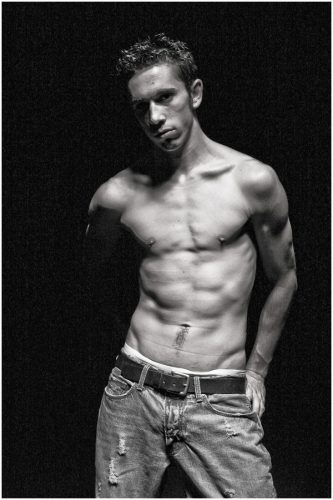 I was off early last night, very unusual for me on a Friday night, since I typically work evenings at UPS. But with someone on vacation I have been working afternoons this week. Thor was still working on the web site when I got back to the studio so I decided we would go out for dinner. We found a table on the street at an Italian restaurant, on what’s called the Hip Strip; a block of restaurants, specialty shops and a small theater district near the bank of the Clark Fork River, just off the Higgins Ave. Bridge. Missoula is such an interesting city, though most would consider it just a step up from a town. It is nestled in the mountains at a spot where about five valleys come together. It is completely surrounded by large, steep mountains on the eastern side that become soft rolling and barren as they rise above the city. There is a narrow Canyon between these mountains called the Hellgate, where the Indians slaughtered their enemies, entering the valley where the interstate now runs from east to west. To the north is a vast wilderness area known as the Rattlesnake. I live on the edge of this. This is also home to winter skiing which is just minutes from the heart of the city. To the south are the Bitterroots, once a fertile farm valley. It is becoming overgrown by rich California types, who seem to throw money at the land and make it stick in the form of extravagant, not well-thought-out homes. These constructions detract from the natural rugged beauty of the land. To the west, the valley opens to a sort of twenty mile vista containing the airport and several smaller out-lying towns, heading back toward a less populated area. My family ranch lies about twenty minutes in this direction. After another thirty minutes comes Superior, the town where I was born and in which I grew up.
I was off early last night, very unusual for me on a Friday night, since I typically work evenings at UPS. But with someone on vacation I have been working afternoons this week. Thor was still working on the web site when I got back to the studio so I decided we would go out for dinner. We found a table on the street at an Italian restaurant, on what’s called the Hip Strip; a block of restaurants, specialty shops and a small theater district near the bank of the Clark Fork River, just off the Higgins Ave. Bridge. Missoula is such an interesting city, though most would consider it just a step up from a town. It is nestled in the mountains at a spot where about five valleys come together. It is completely surrounded by large, steep mountains on the eastern side that become soft rolling and barren as they rise above the city. There is a narrow Canyon between these mountains called the Hellgate, where the Indians slaughtered their enemies, entering the valley where the interstate now runs from east to west. To the north is a vast wilderness area known as the Rattlesnake. I live on the edge of this. This is also home to winter skiing which is just minutes from the heart of the city. To the south are the Bitterroots, once a fertile farm valley. It is becoming overgrown by rich California types, who seem to throw money at the land and make it stick in the form of extravagant, not well-thought-out homes. These constructions detract from the natural rugged beauty of the land. To the west, the valley opens to a sort of twenty mile vista containing the airport and several smaller out-lying towns, heading back toward a less populated area. My family ranch lies about twenty minutes in this direction. After another thirty minutes comes Superior, the town where I was born and in which I grew up.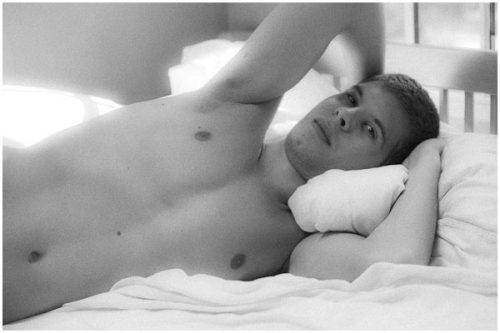 I was reading the other day that 40% of all gay, lesbian, bi and transgender youth attempt suicide, which was substantially higher than their heterosexual counterparts. To me this still says something is wrong within our culture? It seems to me we need to be on the lookout for kids that are at risk and begin to form stronger networks to offer support for such youth. Though we live in a modern era where sexual difference seems to be more acceptable, there are still places like Montana and outlying areas where kids still live in fear. As a young kid growing up in a very small rural area, I know these feelings first hand. But, I was also lucky to grow up in an area where the community recognized and accepted people for their differences. Though they may not have understood it, there never seemed to be any malicious intent behind some else’s attitudes. In small communities where everyone struggles to maintain the daily existence, there seems to be a mutual respect for each other despite our differences. What really became the issue for me was my own internalized homophobia of what I might become. I resisted and resented this difference all during high school. I recognized the attraction to boys and often fooled around with other boys that came to spend the night at our ranch. But, I think it was more out of curiosity, because nothing sexual ever happened other than some mutual masturbation out in a shed or the woods somewhere. But I did look forward to watching the older boys shower in the school locker room after school gym class or sporting events.
I was reading the other day that 40% of all gay, lesbian, bi and transgender youth attempt suicide, which was substantially higher than their heterosexual counterparts. To me this still says something is wrong within our culture? It seems to me we need to be on the lookout for kids that are at risk and begin to form stronger networks to offer support for such youth. Though we live in a modern era where sexual difference seems to be more acceptable, there are still places like Montana and outlying areas where kids still live in fear. As a young kid growing up in a very small rural area, I know these feelings first hand. But, I was also lucky to grow up in an area where the community recognized and accepted people for their differences. Though they may not have understood it, there never seemed to be any malicious intent behind some else’s attitudes. In small communities where everyone struggles to maintain the daily existence, there seems to be a mutual respect for each other despite our differences. What really became the issue for me was my own internalized homophobia of what I might become. I resisted and resented this difference all during high school. I recognized the attraction to boys and often fooled around with other boys that came to spend the night at our ranch. But, I think it was more out of curiosity, because nothing sexual ever happened other than some mutual masturbation out in a shed or the woods somewhere. But I did look forward to watching the older boys shower in the school locker room after school gym class or sporting events.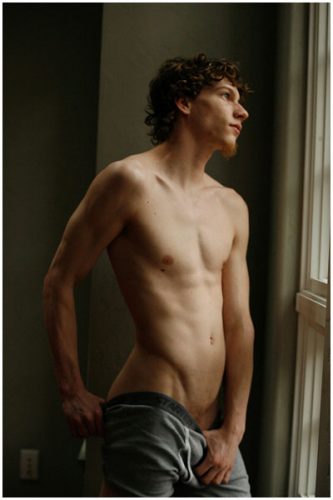 This morning I woke up not feeling overly refreshed and I realized I have dug myself into a creative rut. I feel I have become so bogged down with such detail work on a single project that my personal and artistic world has grown static. I no longer seem to connect to others around me and have become self obsessed with the idealism of what I want to become. I really dislike writing about the same things every day. I need to break away from this grip and switch my focus on things that are more compelling.
This morning I woke up not feeling overly refreshed and I realized I have dug myself into a creative rut. I feel I have become so bogged down with such detail work on a single project that my personal and artistic world has grown static. I no longer seem to connect to others around me and have become self obsessed with the idealism of what I want to become. I really dislike writing about the same things every day. I need to break away from this grip and switch my focus on things that are more compelling.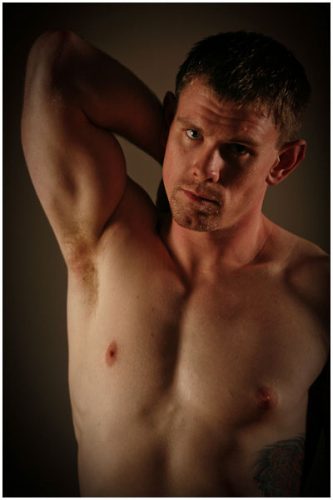 I love the idea of art becoming a collaborative medium and the Internet seems to be the perfect medium to begin to explore and become interactive. Yesterday I talked about coming up with more of an informative profile of the subjects. Chad is the first one we are developing as a model that will become the standard for this format. So here is how it will work and function:
I love the idea of art becoming a collaborative medium and the Internet seems to be the perfect medium to begin to explore and become interactive. Yesterday I talked about coming up with more of an informative profile of the subjects. Chad is the first one we are developing as a model that will become the standard for this format. So here is how it will work and function: